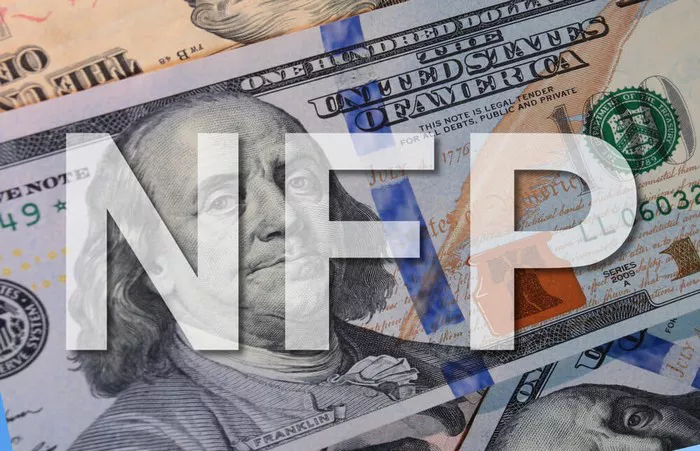The Non-Farm Payrolls (NFP) report, released monthly by the U.S. Bureau of Labor Statistics, is a critical economic indicator that provides insights into the state of the U.S. job market. While its primary impact is on the currency and equity markets, the NFP report can also influence commodity markets, including oil. In this article, we’ll explore how the NFP report can affect oil prices, the underlying mechanisms at play, and answer frequently asked questions related to this topic.
I. Understanding the NFP Impact
Before diving into the impact of the NFP report on oil prices, it’s essential to grasp the significance of this economic indicator. The NFP report includes data on the number of jobs added or lost in the U.S. during the previous month, the unemployment rate, and wage growth. These numbers reflect the health of the U.S. labor market and can shape market sentiment.
II. NFP and Oil Price Dynamics
The NFP report can influence oil prices through various channels:
1. Economic Outlook: Positive NFP data, indicating robust job growth and a healthy U.S. economy, can boost market confidence. This optimism can lead to increased consumer spending, which in turn can drive up demand for oil. As the demand for oil rises, prices may follow suit.
2. Oil Demand Expectations: The NFP report can impact expectations for future oil demand. Strong employment data can suggest a growing economy with higher oil consumption, potentially leading to an increase in oil prices.
3. U.S. Dollar Strength: The NFP report often affects the value of the U.S. dollar (USD). Positive NFP data can strengthen the USD, making oil, which is priced in dollars, more expensive for buyers using other currencies. This can exert downward pressure on oil prices.
4. Global Economic Sentiment: The NFP report can influence global economic sentiment. If the data suggests a robust U.S. economy, it can boost confidence in the global economic outlook, potentially increasing oil prices as demand expectations rise.
5. Monetary Policy: The Federal Reserve closely monitors NFP data when making decisions about monetary policy, including interest rates. Strong NFP figures might lead the Fed to consider tightening monetary policy, which can impact financial markets and potentially affect oil prices.
III. Historical Patterns
While the NFP report can impact oil prices, it’s crucial to note that the relationship is complex, and historical patterns can vary. Positive NFP data doesn’t always guarantee a direct increase in oil prices, as other factors such as supply disruptions, geopolitical events, and OPEC decisions also play a significant role in determining oil’s value.
IV. FAQs on NFP and Oil Prices
1. Can negative NFP data lead to lower oil prices?
Yes, negative NFP data, indicating weaker job growth, can raise concerns about economic health and potentially lead to lower oil prices if demand expectations decline.
2. How quickly do oil prices react to NFP releases?
Oil prices can react relatively quickly to NFP releases, with initial movements occurring within minutes to hours of the data release, depending on market sentiment and other factors.
3. Are there specific oil benchmarks that react more strongly to NFP data?
Brent Crude and West Texas Intermediate (WTI) are two of the most widely traded oil benchmarks, and both can be influenced by NFP data. However, the reaction may vary based on market conditions and other factors.
4. How can I stay informed about NFP-related developments and their impact on oil prices?
To stay informed, follow financial news sources, monitor oil price charts, and consider using trading platforms that provide real-time market data and analysis.
5. What role does OPEC play in NFP-related oil price movements?
OPEC decisions, including production levels and supply agreements, can significantly impact oil prices. While NFP data can influence sentiment, OPEC’s actions often have a more direct effect on oil prices.
In conclusion, the NFP report can influence oil prices through various channels, including economic outlook, demand expectations, currency movements, and global sentiment. However, the relationship between NFP data and oil prices is complex, and other factors can also impact the energy market. Traders and investors should consider a broad range of factors when making oil-related investment decisions and stay informed about market developments and economic indicators.

